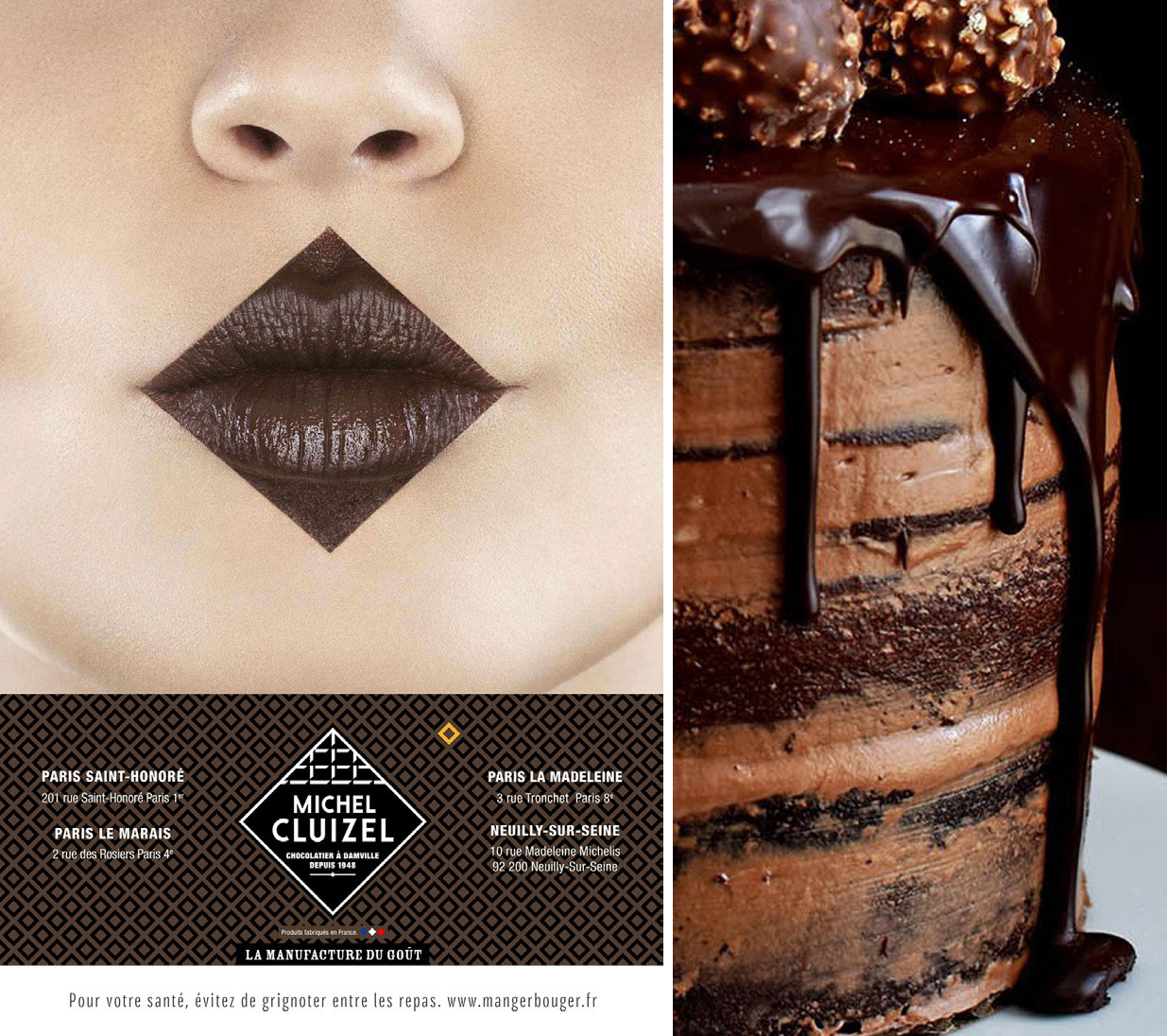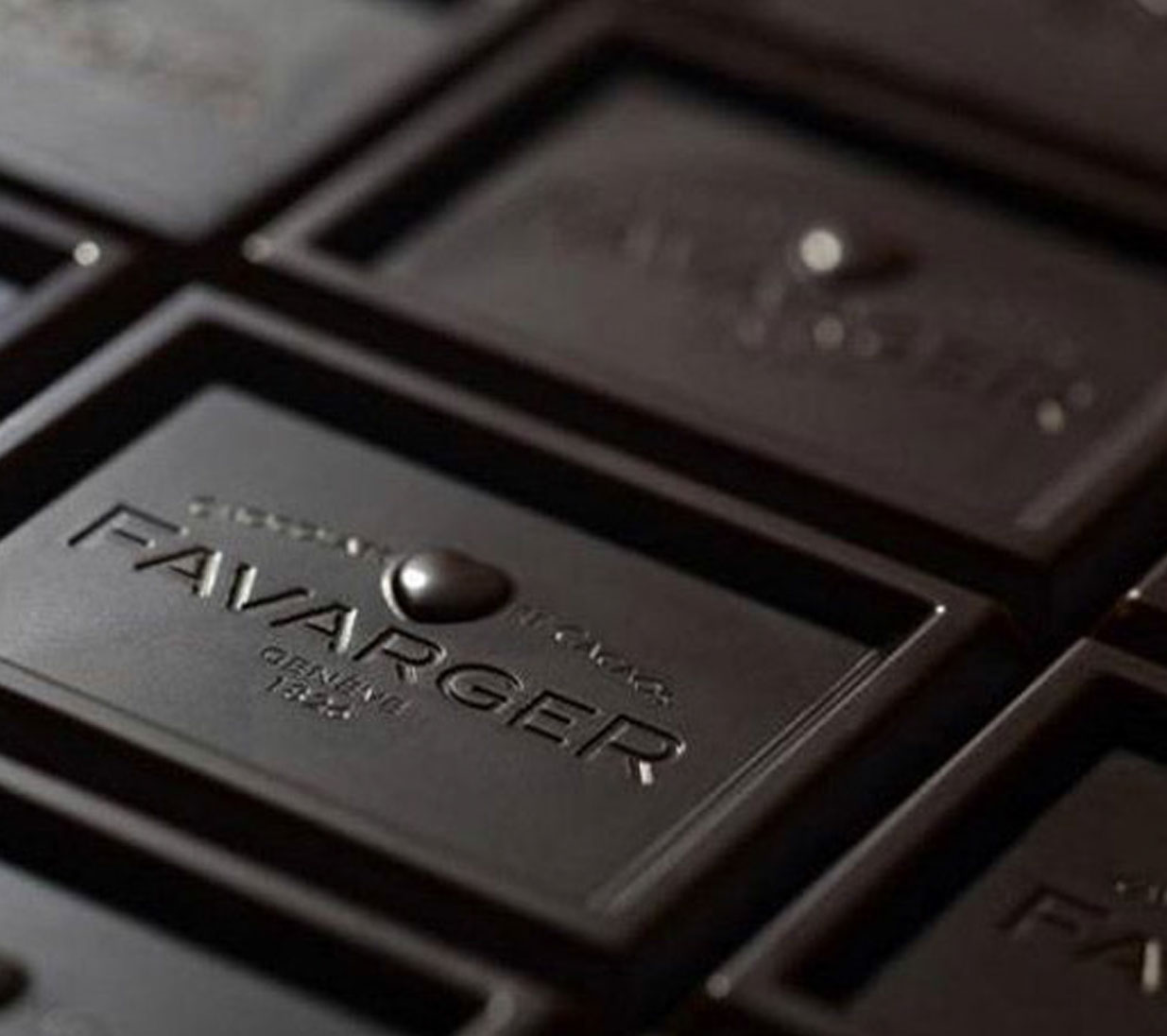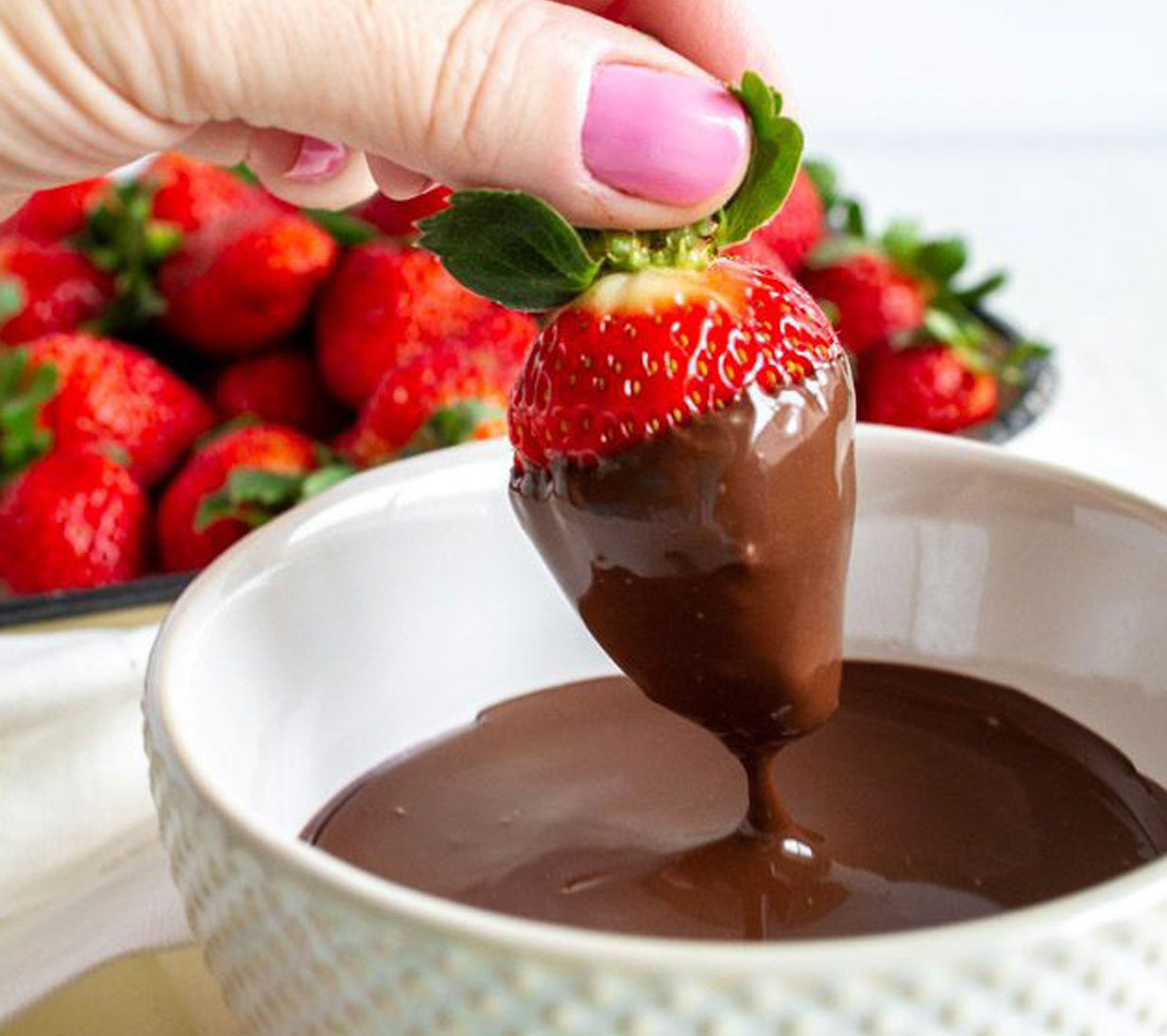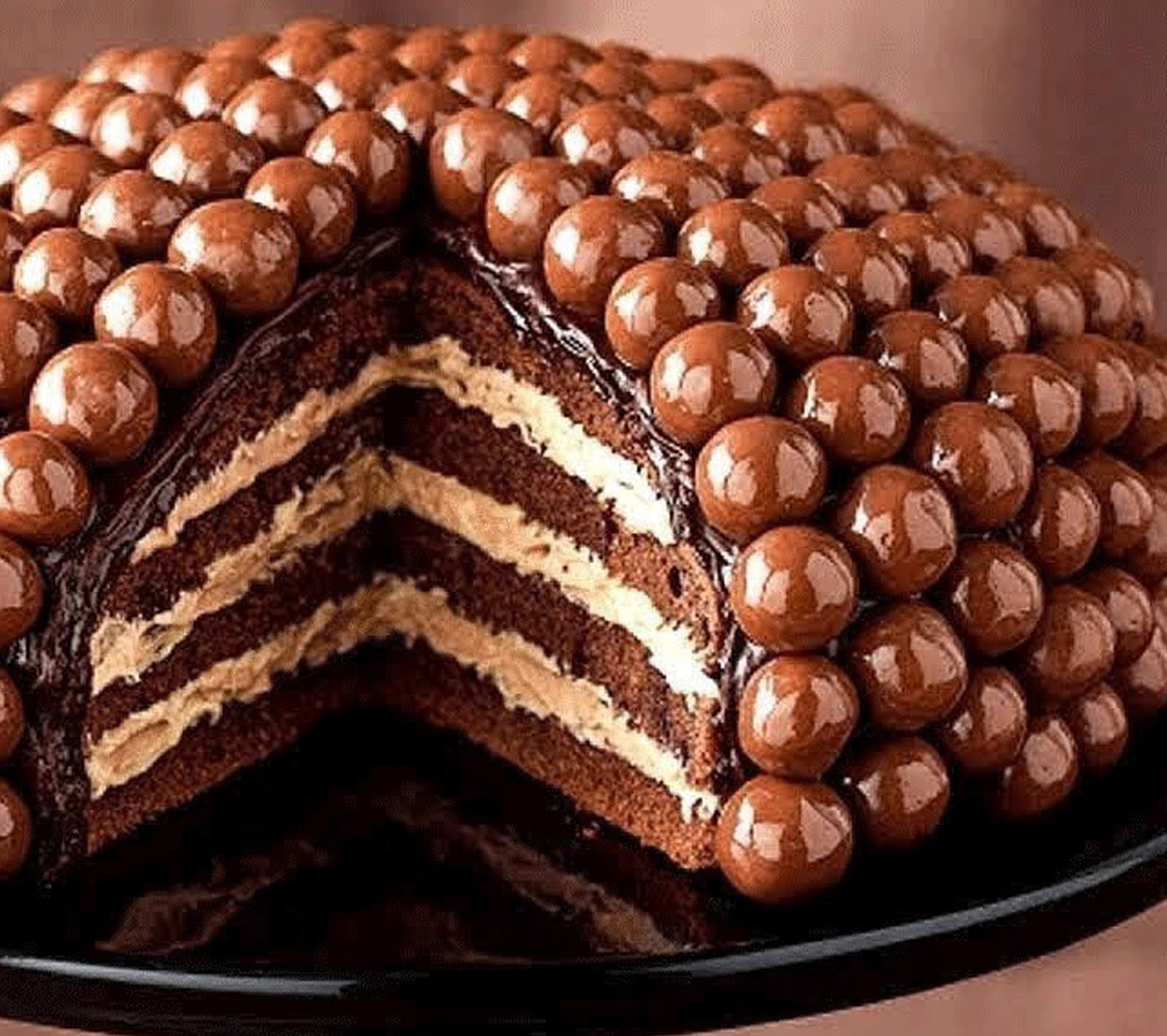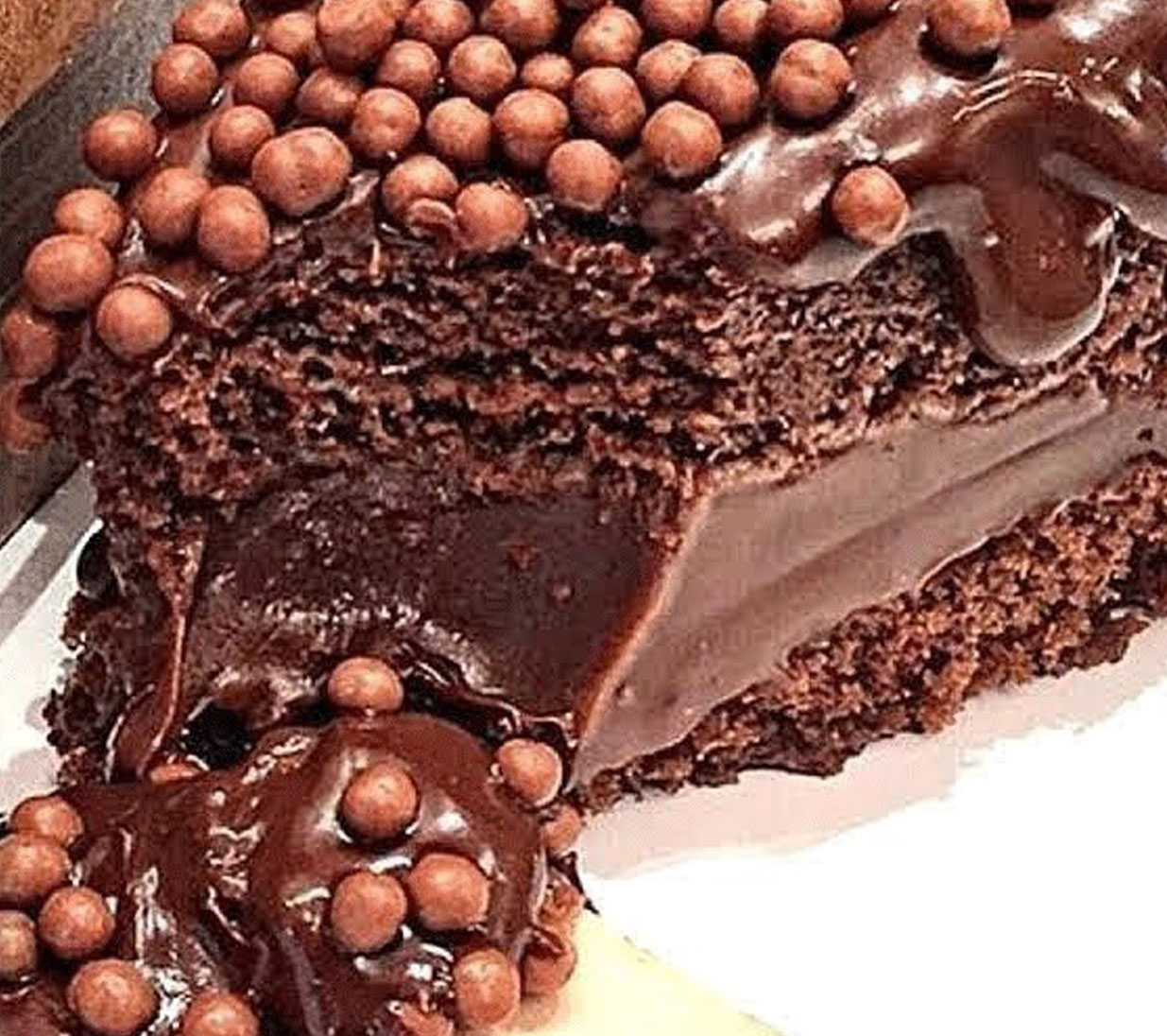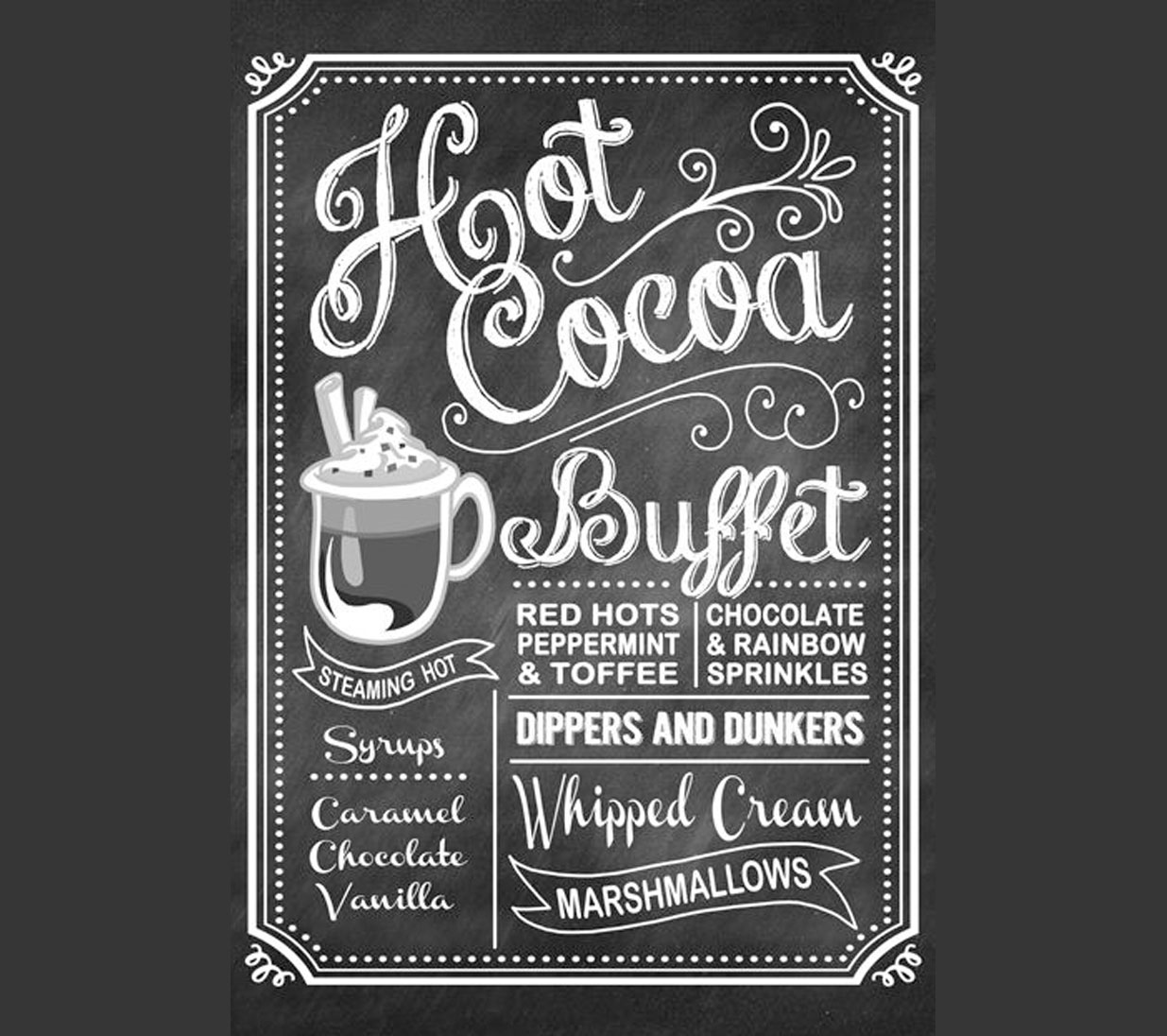
President’s Message
Fellow Rotarians,
Very Warm Greetings!
It is irresistible – eaten, when happy, sad or celebrating – an incredibly important and delicious aspect of people’s lives across the world, it’s difficult not to drool while talking about ‘chocolate’. As someone said, “Chocolate is happiness that you can eat”.
The word ‘chocolate’ conjures up images of luscious bars, pralines, truffles, nibs, liqueurs, beverages, cakes, pastries, and snacks, but the chocolate of today is a little like the chocolate of its origins. Chocolate is produced from cocoa beans, from Theobroma Cacao – cacao or cocoa tree (‘Food of the Gods’) and has been consumed for thousands of years.
The Mayans and the Aztecs made a drink called ‘xocolatl’, which means ‘bitter water,’ owing to the bitter taste of cocoa in its raw form.
Earlier, it was believed that chocolate is liked because of its taste. Studies and research demonstrate a scientific reason that is related to a fat/carbohydrates balance that is set right from the very beginning of our lives.
A range of chemical compounds are released while roasting the beans which, when combined with other aroma molecules, creates a unique chemical signature that our brain loves.
A neurotransmitter ‘anandamide’ whose name is derived from the Sanskrit – “ananda”, meaning “joy, bliss, delight”, is one of the many psychoactive chemicals found in chocolate, which stimulates the brain. A quote: “A little bit of sweetness can drown out a whole lot of bitterness”.
Chocolate contains small traces of theobromine and caffeine, both well-known stimulants. So, consumption of a few squares of chocolate will not result in a chemical rush but would surely tantalise the taste buds.
The texture and creamy viscosity too plays a role in our love for chocolate. Chocolate rapidly melts on the tongue and the touch receptors detect this textural change, leaving a lingering sensation of smoothness and pleasure. The transformation of cocoa from a bitter drink to the worldwide palate-pleaser is due to the addition of fat and sugar.
Chocolate not only appeals to the senses but also has a variety of beneficial ingredients that may do everything from lifting your mood to helping your heart. A quote attributed to Mary Jane Finsard: “Like love, chocolate is a delight to receive or to give”. So, too, gifting chocolates has become a global tradition and culture.
From being a source of culinary pleasure to simple temptation, people from across different age groups enjoy indulging in chocolate. What is it that cannot be added into chocolate and, what is it to which chocolate cannot be added to? Leave it all to the culinary imagination of innovative experts.
The history of chocolate begins in Mesoamerica where cacao trees grew wild. The first people to use chocolate were probably the Olmec of what is, today, southeast Mexico, and who lived in the area around 1750 BC. Their word, ‘kakawa,’ gave us our word ‘cacao’. It is thought that the Olmecs used cacao to create a ceremonial drink.
The written Mayan history mentions chocolate drinks being used in celebrations and to finalise important transactions.
Despite its importance in Mayan culture, chocolate was not reserved for the wealthy and powerful, but readily available to almost everyone. In many Mayan households, chocolate was enjoyed with every meal. Mayan chocolate was thick and frothy and often combined with chili peppers and honey or water.
The Aztecs took chocolate admiration to another level. Aztec chocolate was mostly an upper-class extravagance, although the lower classes enjoyed it occasionally at weddings or other celebrations.
There are conflicting reports about when chocolate arrived in Europe, but chocolate did spread throughout the Continent in the late 1500s, from Spain to Austria, Dutch, England, and France and to the territories occupied by them. And, so, the mania began. Fashionable ‘chocolate houses’ cropped up for the wealthy throughout London, Amsterdam and other European cities. Chocolate first came on the scene in Europe as a luxury only for the rich to enjoy.
Many people contributed gradually to making chocolate as we know it – Coenraad Johannes van Houten, Joseph Storrs Fry, Daniel Peter, Dr. James Baker, and Milton Hershey, etc.
By the late 19th century and early 20th century, family chocolate companies such as Cadbury, Mars, Nestle and Hershey were massproducing a variety of chocolate variants and confections to meet the growing demand for the sweet treat and, on to today with even more mass brands globally like Lindt Sprungli, Ferrero, Meiji, Arcor, Mondelez, Ghirardelli, Godiva, our own Amul in India, Whittaker in New Zealand, little lesser mass brands like Guliyan, Leonidas, Neuhaus, Patchi, Nama Royce, to expensive chocolates from Attimo, To’ak, Pierre Marcolini, De Lafee, Michel Cluizel (one of my favourites), Debauve and Gallaismore, The House of Grauer, Fritz Knipschildt, MarieBelle, etc. The record for the most expensive chocolate is presently held by ITC of India for its ‘Fabelle Trinity Truffles Extraordinaire’ at about Rs. 4.3 Lakhs per kg. with others like Wispa Gold by Cadbury, Le Grand Louis XVI, La Churosa, Truffles by Amedie, etc. Recently, there has been a “chocolate revolution,” marked by an increasing interest in high-quality, handmade, artisanal small-batch chocolates.
While your average chocolate bar is not considered healthy, dark chocolate has earned its place as a heart-healthy, antioxidant-rich treat. In the 1994 film Forrest Gump said: “Life is like a box of chocolates. You never know what you’re gonna get”. Finally, “Chocolate says I’m sorry so much better than words”.
Preeti Mehta
President

